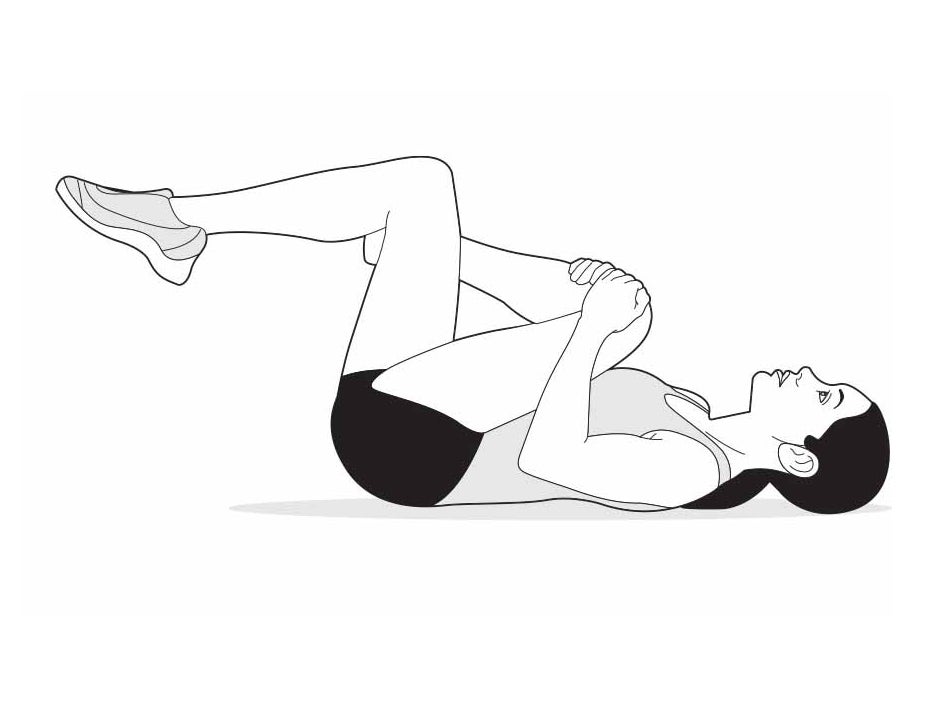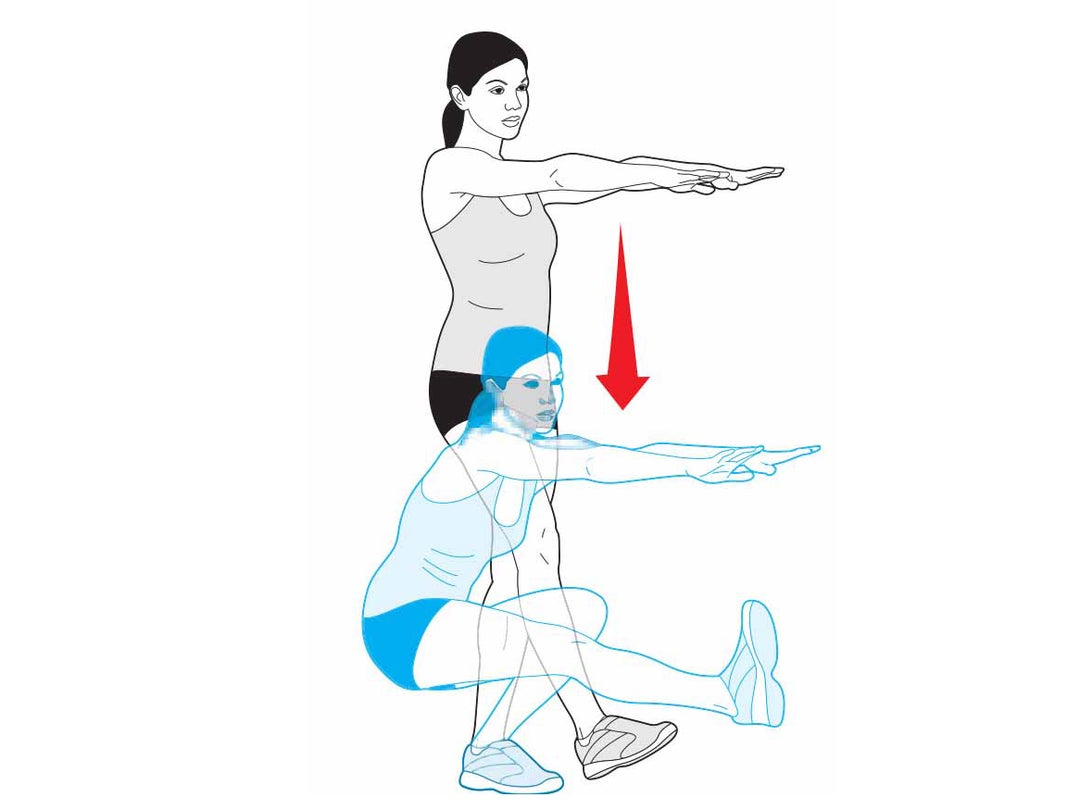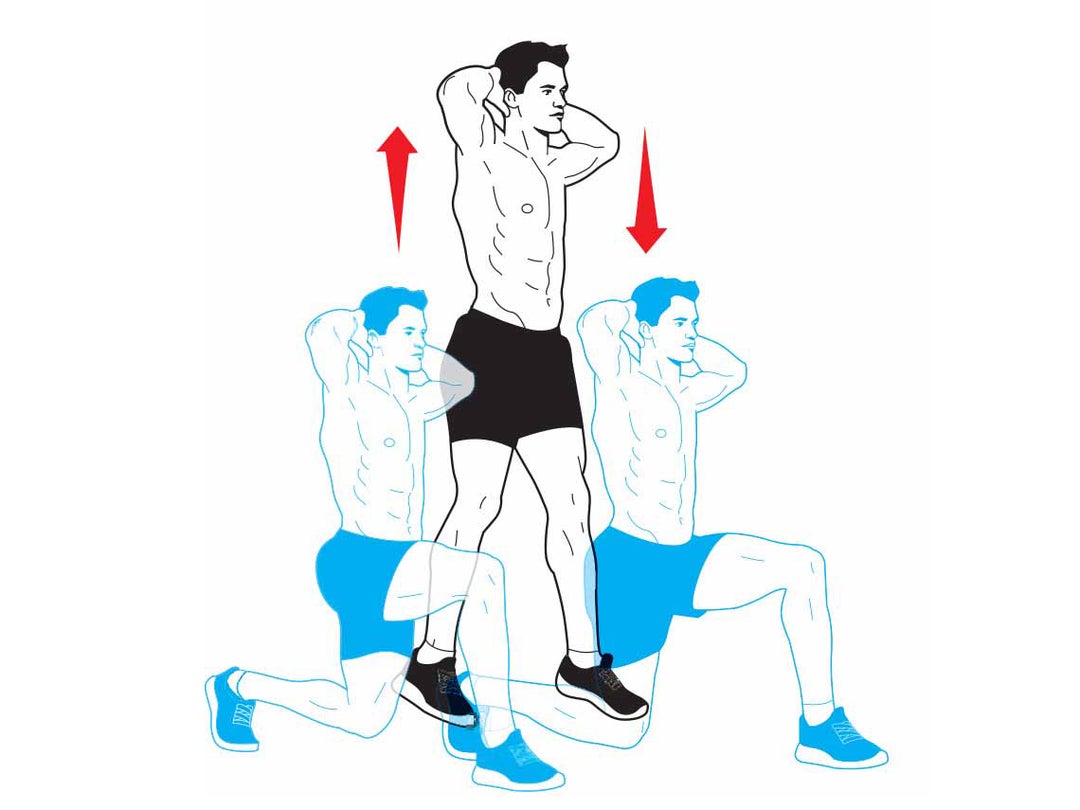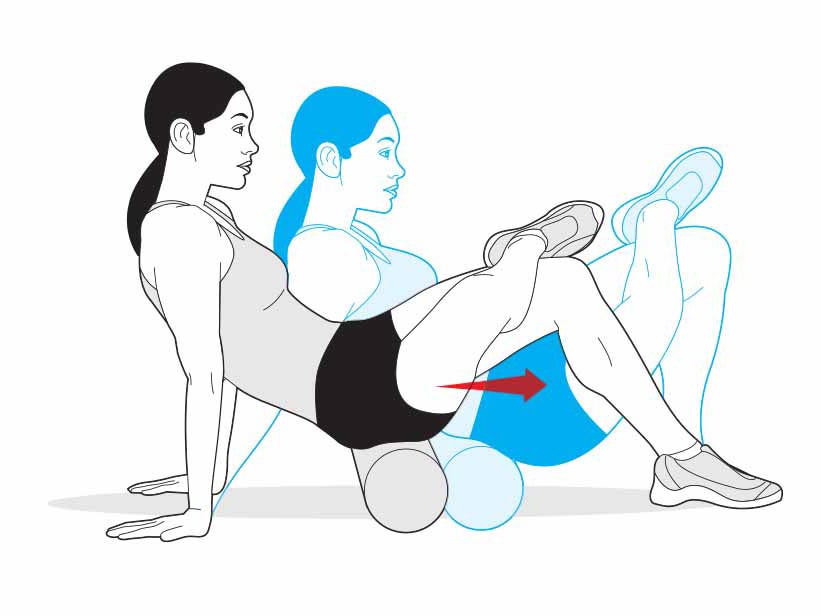The “pain in the butt” hamstring strain presents difficulties that are different from those posed by lower hamstring strains.
A hamstring injury higher up on your leg, otherwise known as a proximal hamstring strain, is characterized by discomfort in the gluteus muscle where the hamstring originates, especially during the push-off phase of running and exercise. The harder you push, the harder it grabs.
The hamstring, a set of three muscles running from your pelvic bone down the back of your leg to just below the knee, is divided into three sections: the distal hamstring (the section near the knee), the middle hamstring and the proximal hamstring (the section near the hip). The “pain in the butt” hamstring strain is in the proximal hamstring, and it presents difficulties that are different from those posed by lower hamstring strains.
Strains result from overuse, pushing the muscle too hard or weakness in the surrounding muscles. A mild strain begins as a dull ache in the buttock, and if not treated, it progresses to a sharp pain that prohibits you from using the leg with any power.
What’s worse, the proximal hamstring has a lousy blood supply, which means it takes longer to heal than the middle hamstring does.
Fix a Hamstring Injury
Stop. As soon as you feel gluteal pain, stop your athletic activity immediately. If you try to push through the pain, you’ll make the hamstring injury worse.
Train smart. Avoid hamstring-loading activities and do intense upper-body and core workouts to maintain fitness.
Ice it. As soon as you can after the hamstring injury, apply ice to the muscle for 15 minutes at a time four to six times a day for the first two days.
Stretch it—gently. After a few days, perform gentle hamstring stretches several times a day (such as the standing hamstring stretch and lying glute stretch). Depending on the severity of the strain, expect a healing time of anywhere from two to eight weeks. More severe hamstring injuries can take longer.
Work it—gradually. As hamstring injury pain subsides, ease yourself back into activity, particularly speed and hill work. If you feel discomfort don’t push it. Also, use the “Prevent It” exercises to rehab the muscle.
Prevent a Hamstring Injury
Strengthen your glutes. I say it because it’s true: A strong butt is the key to a happy life. Weak glutes create activation problems for the muscles that come off the pelvis and allow pelvic rotation and instability, which can cause hamstring injuries. Add these stretches and exercises (see the tabs to the left or above on mobile) to any workout to build powerful glutes, hamstrings, quads, and hips.
Shorten your stride. Shortening your running stride can reduce stress on the hamstring. To test the length of your stride, time yourself. Your right foot should strike the ground 85 to 90 times a minute.
Get a bike fit. Checking the fit of your bike—specifically the height of your saddle—can help. A too-high saddle puts more stress on the hamstring.
Hamstring Exercise: Standing Hamstring Stretch
Place your right foot on a bench or secure chair. Your right leg should be completely straight. Your left leg should be slightly bent. Stand tall with your back naturally arched. Place your hands on your hips. Without rounding your lower back, bend at the hips and lower your torso until you feel a comfortable stretch. Hold the stretch for 30 seconds on each side, then repeat two times. Do the routine up to three times a day if you’re really tight.
Note: To target the proximal hamstring, bend your planted knee more to increase the stretch near your hip. Keeping the plant leg straight increases the stretch at your knee. Rotating the toes of your stretching leg outward emphasizes the inner portion of your hamstring; rotating your toes inward emphasizes the outer portion.
Hamstring Exercise: Lying Glute Stretch

Lie face-up on the floor with your knees and hips bent. Cross your left leg over your right so that your left ankle sits across your right thigh. Grab your right knee with both hands and pull it toward the middle of your chest until you feel a comfortable stretch in your glutes. Hold for 30 seconds, then repeat on the opposite side. Repeat twice for a total of three sets—and several times a day if you’re really tight.
Hamstring Exercise: Pistol Squat (With Optional Plyo)

Stand holding your arms straight out in front of your body. Raise your right leg off the floor in front of you. Keeping your right leg straight, push your hips back and lower your body as far as you can without breaking form. As you do this, raise your right leg so that it doesn’t touch the floor, and keep your torso as upright as possible. Pause, then push your body back to the starting position. Do equal reps for each leg. For a bigger challenge, as you rise out of the squat, add in a jump off your planted leg.
Hamstring Exercise: Split Jumps (With Or Without Dumbbells)

Stand in a staggered stance, your right foot in front of your left. Lower your body as far as you can. Quickly switch directions and jump with enough force to propel both feet off the floor. While in the air, scissor-kick your legs so you land with the opposite leg forward. Repeat, alternating back and forth with each repetition.
Hamstring Exercise: Glutes Roll

Sit on a foam roller with it positioned on the back of your right thigh, just below your glutes. Cross your right leg over the front of your left thigh. Put your hands flat on the floor for support. Roll your body forward until the roller reaches your lower back. Then roll back and forth. Repeat with the roller under your left thigh.
From Triathlete
